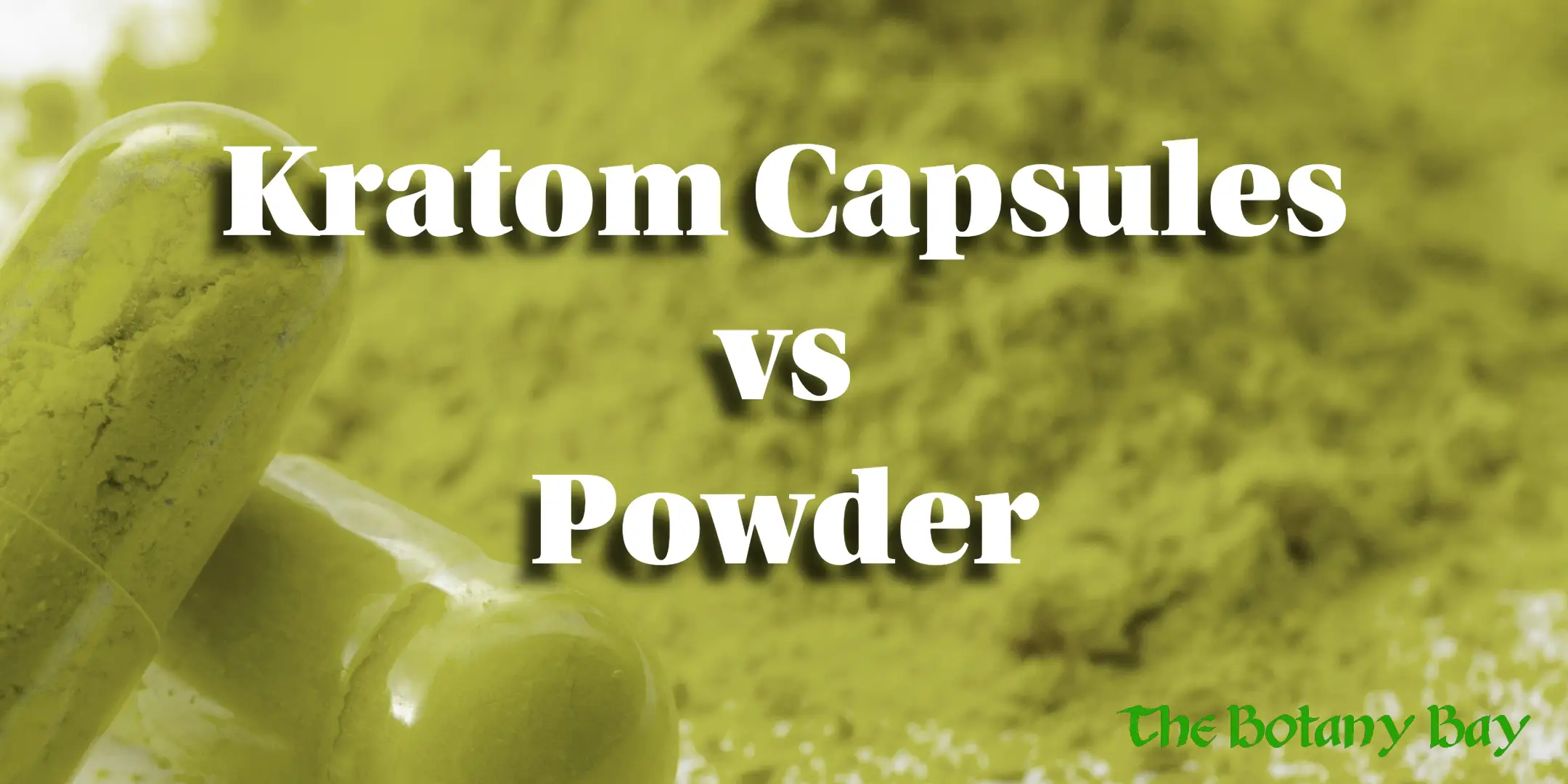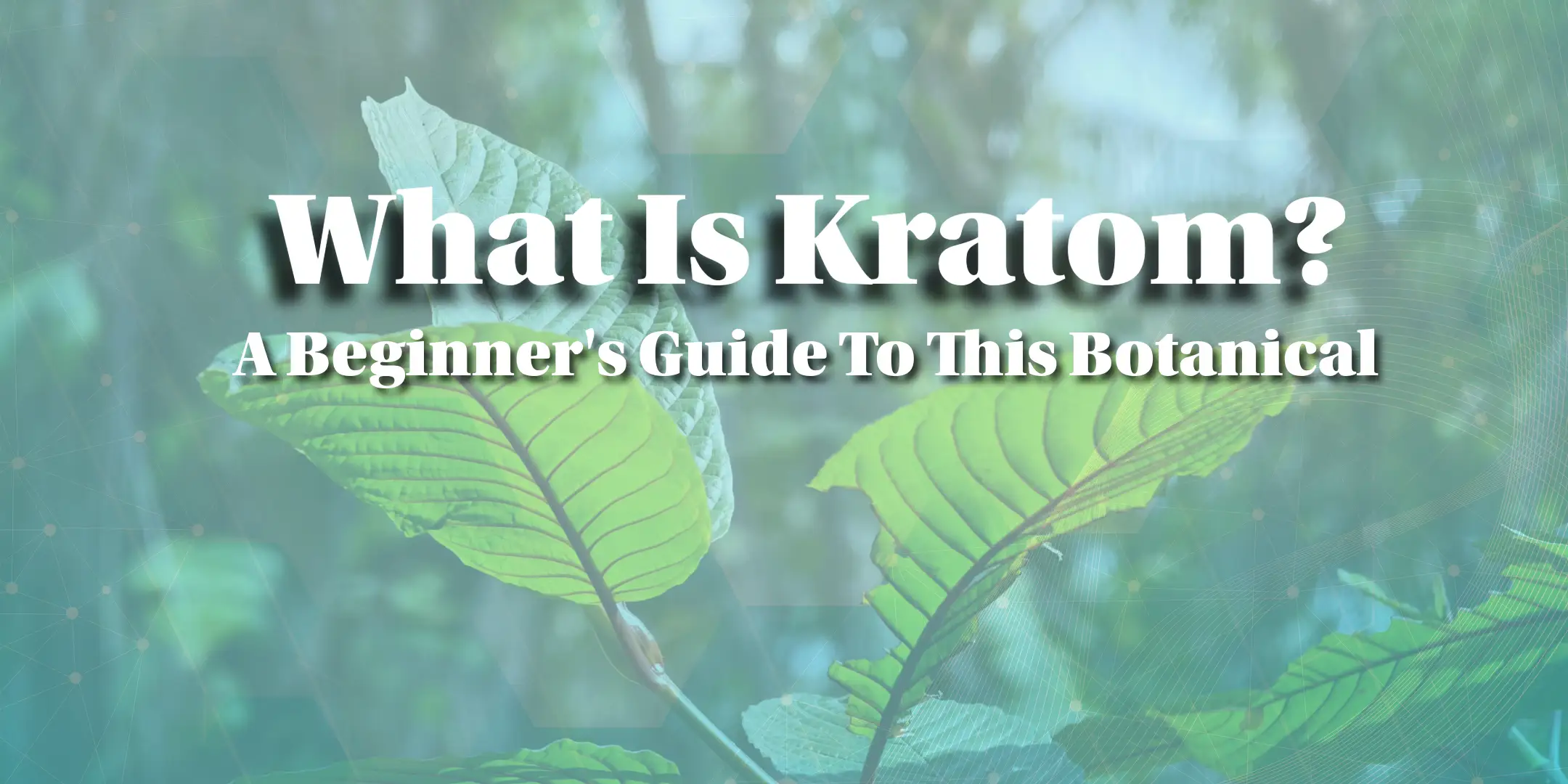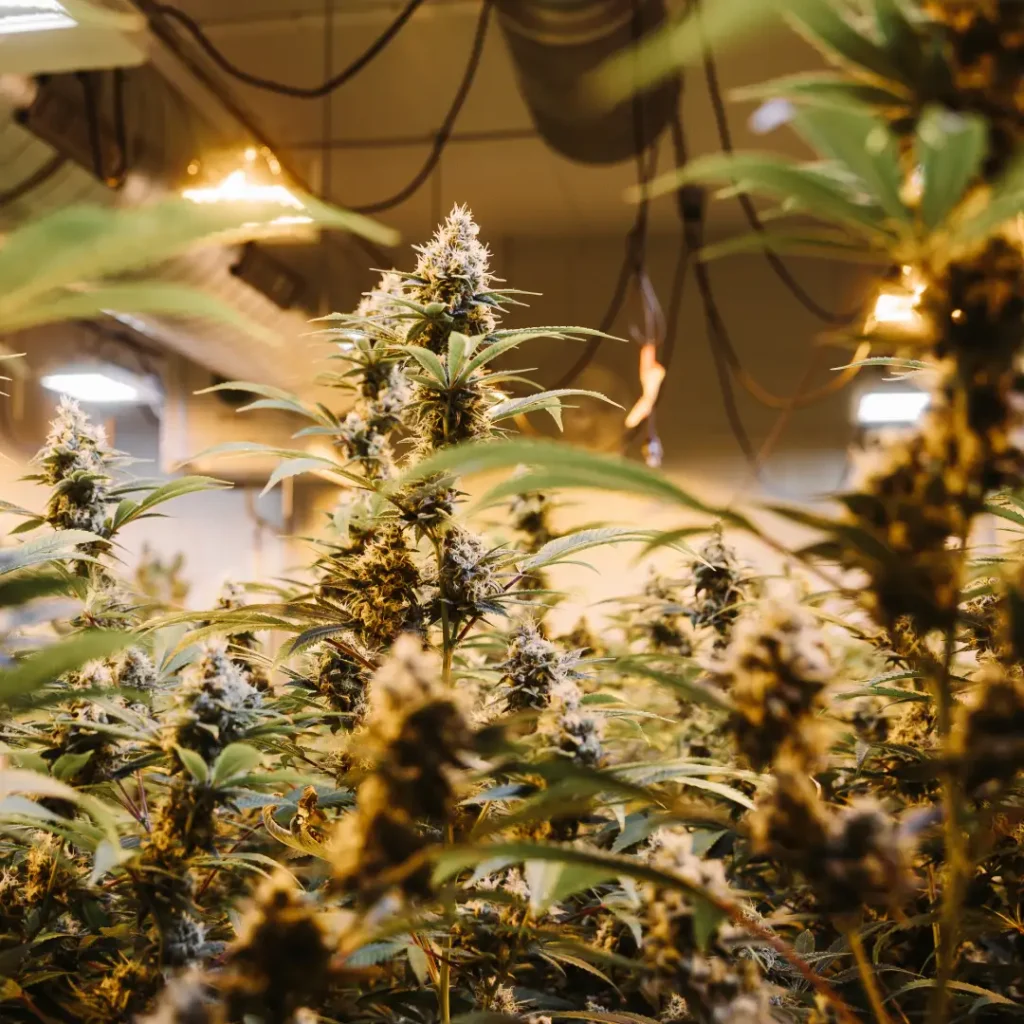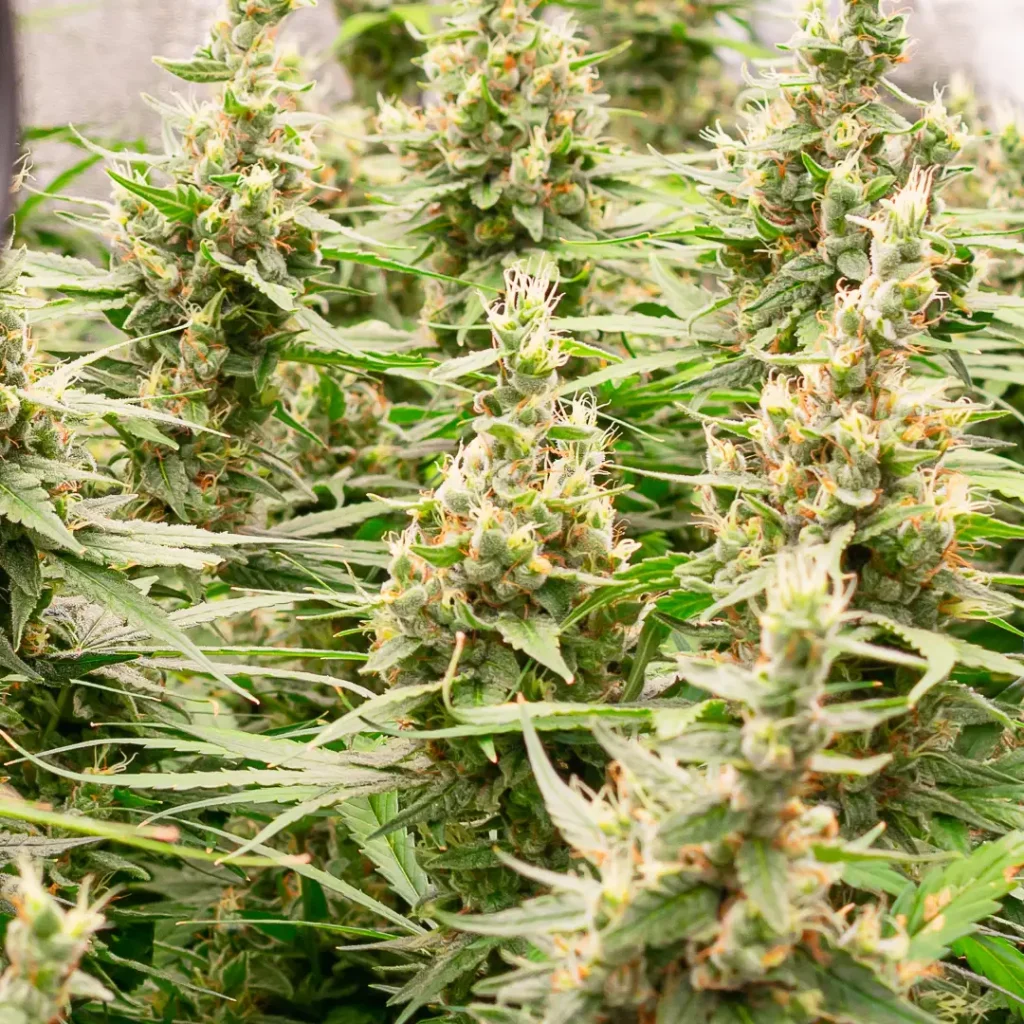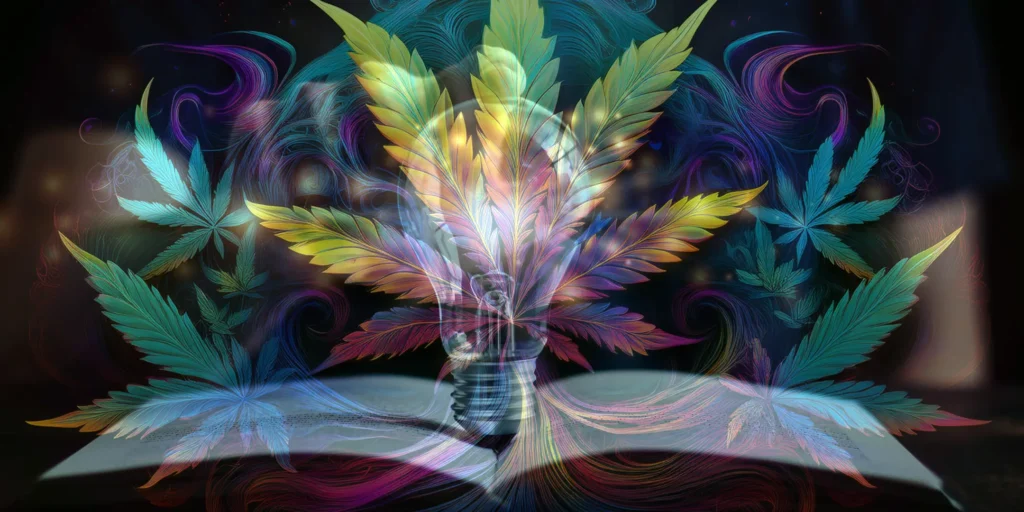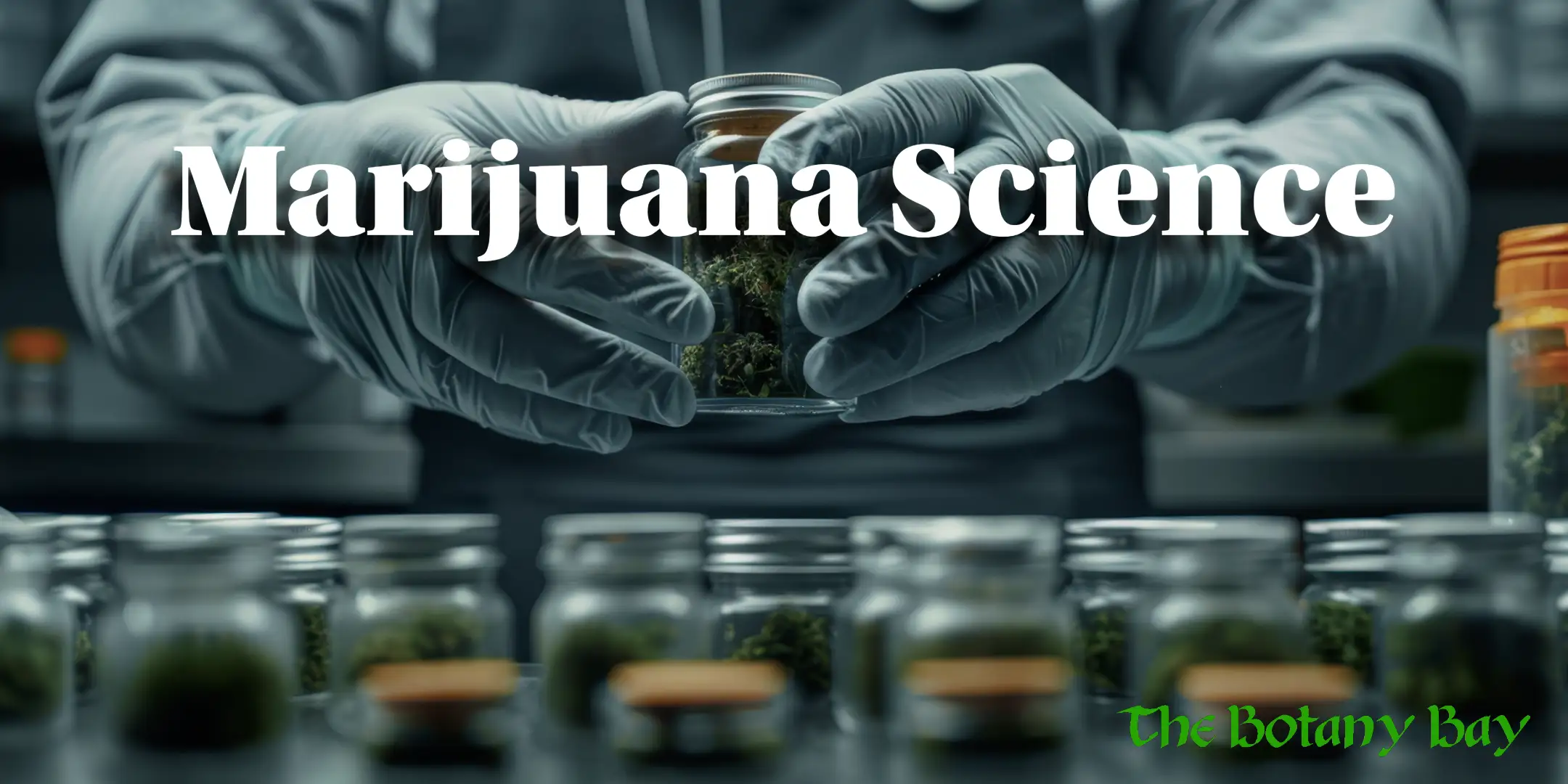
Back in the day the only cannabinoid most people had ever heard of was Delta-9 THC. Taught in schools, discussed in the news, and widely known as the compound in marijuana responsible for getting people “high,” THC was the household name. Today the picture is much bigger. Cannabinoids share a similar backbone, and small differences, especially in the length of their carbon side chain, change how they interact with cannabinoid receptors in the body. Add to that the fact that CBD is easy to produce in hemp and relatively abundant, and you have a reliable “mother cannabinoid” that can be converted into many others. This article will keep the science real but understandable and show why these processes are more common (and less intimidating) than they sound.
CBD as the “mother cannabinoid”
In hemp plants, CBGA is the true starting point, but CBD is one of the most abundant outcomes after enzymes do their work. That abundance is why manufacturers usually start with CBD isolate when creating hemp-derived cannabinoids. CBD can be rearranged or slightly modified into other molecules the plant itself produces in very small amounts. For more on CBD itself, see Understanding CBD.
How conversion actually works
Turning CBD into other cannabinoids relies on standard organic chemistry steps. Think of them as kitchen recipes, only carried out in lab glassware:
- Isomerization: Rearranging CBD under acidic conditions can make Delta-8 THC. No new atoms are added, they are just shuffled. Learn more in Understanding Delta-8.
- Hydrogenation: Adding hydrogen across double bonds converts a THC isomer into HHC. This same approach is used to turn vegetable oil into margarine. For details see Understanding HHC.
- Purification: Chromatography and distillation clean up the result. These techniques are also used in decaf coffee, vitamins, and common food flavorings.
If you have ever eaten fortified cereal or used vanilla extract, you have already consumed products touched by similar science.
The carbon chain tail and receptor fit
Cannabinoids have a tail of carbon atoms attached to the main molecule. The length of that tail matters. A 5-carbon chain such as in Delta-9 THC fits CB1 receptors differently than a 7-carbon chain such as in THCP or a 3-carbon chain such as in THCV. Receptors can be thought of as locks and cannabinoids as keys. If the key’s teeth are a little longer or shorter, it may fit the lock more tightly or loosely. For more detail, see Understanding THCV and Understanding THCP.
Cannabinoids and Their Side Chain Lengths
The length of the alkyl side chain helps define different cannabinoid families. Fewer carbons usually reduce CB1 receptor affinity, while longer chains increase it in lab models.
Cannabinoids and Their Side Chain Lengths
Here are known cannabinoids grouped by the length of their alkyl side chain, from shorter to longer. Research ties longer chains to increased binding affinity in lab models, though effects vary in reality.
| Family | Carbon Count | Examples | Notes |
|---|---|---|---|
| Varin | 3 carbons (C3) | THCV, CBDV, CBCV | Shorter chain, weaker or context-dependent CB1 interaction. |
| Standard | 5 carbons (C5) | THC, CBD, CBN, CBC | Most common in cannabis and hemp. Δ9-THC is the reference point. |
| Hexyl | 6 carbons (C6) | THC-H | Hexyl homologue. Limited published data but fits between Δ9-THC and THCP structurally. |
| Phorol | 7 carbons (C7) | THCP, CBDP | Heptyl chain. Reported as higher CB1 affinity in vitro. Δ9-THCP binding ~33× stronger |
| Octyl | 8 carbons (C8) | THC-JD | Octyl side chain. Very rare, limited research. One study suggests ~19× potency of Δ9-THC |
Making the science approachable
These processes may sound intimidating, but they are ordinary and well understood. The cannabinoids produced are chemically identical to what the plant can make naturally, only in greater supply. What matters most is quality control, including clear labeling, third-party lab tests, and transparent sourcing. That is why our Cannabinoid Products collection features brands like Dazed8, Half-Bak’d, and Hemplitude, which provide lab reports with their products.
Important Information
- For adults only. Age restrictions vary by state and local law.
- Not evaluated by the FDA.
- Not intended to diagnose, treat, cure, or prevent any disease.
- Keep out of reach of children and pets.
- Check your local laws before purchase.
FAQs
Is CBD really the starting point for other cannabinoids?
Yes. CBD is abundant in hemp, making it a practical starting point for isomerization into cannabinoids like Delta-8 or further conversions such as HHC.
Does converting CBD make cannabinoids synthetic?
No. The molecules are identical to cannabinoids the plant produces naturally in trace amounts. The word “synthetic” usually refers to compounds that do not exist in nature.
What other industries use the same chemistry?
Hydrogenation is used to make margarine from vegetable oil. Chromatography decaffeinates coffee and purifies vitamins. These processes are routine and safe when done correctly.
Why does the carbon chain length matter?
It influences how cannabinoids fit into CB1 and CB2 receptors. Longer chains usually increase binding affinity in lab studies, while shorter chains reduce it.
What should I look for when shopping?
Choose products with clear labeling and verified third-party lab results. Explore our cannabinoid collection to compare reputable brands.

